Article: 6 Ways to Use Soumkine Universal Planner
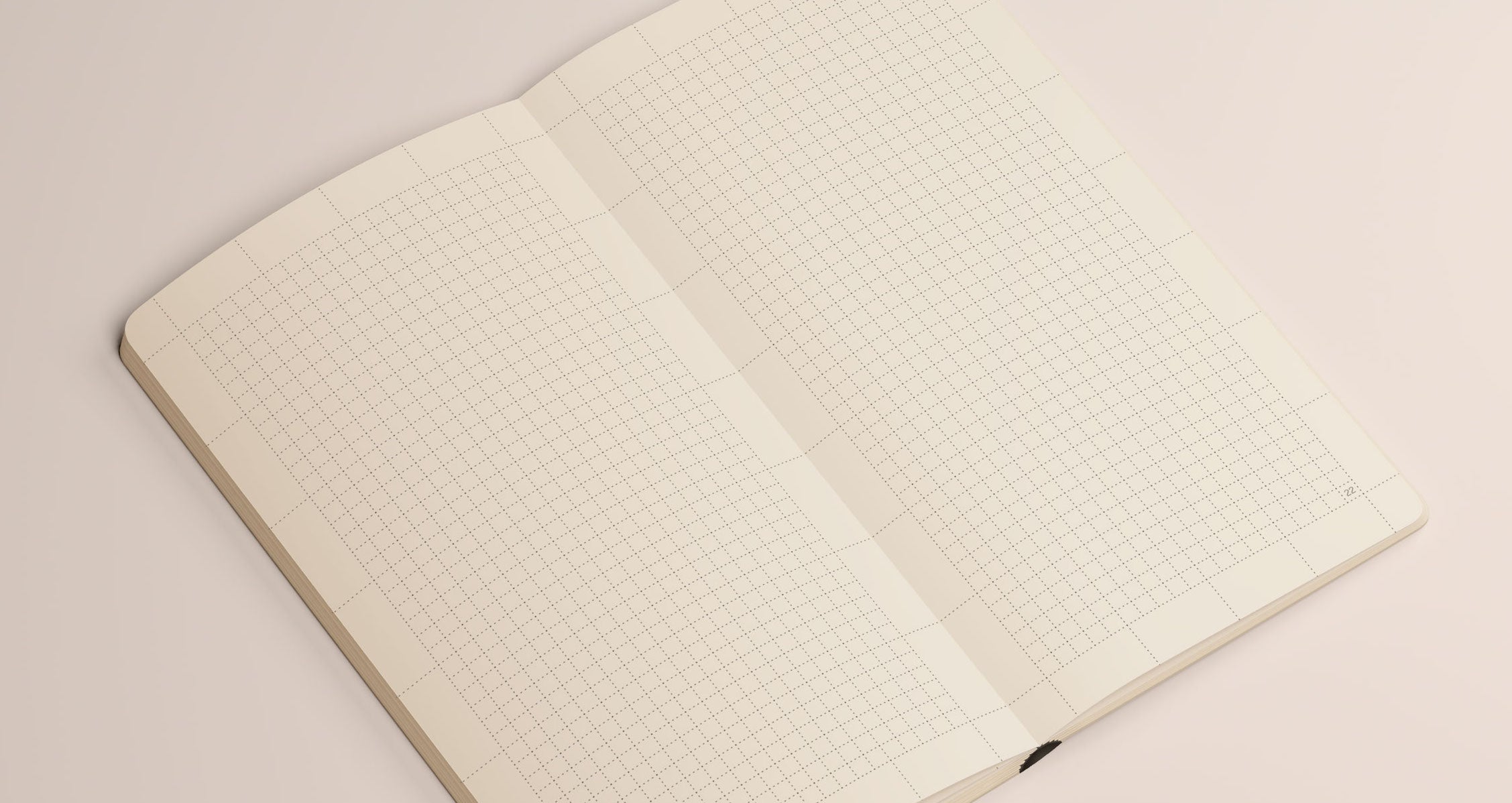
6 Ways to Use Soumkine Universal Planner
Today we take a deeper dive into the virtues of our Soumkine Universal Planner system through N. 407, an A5 size notebook with 160 numbered pages of gridded paper on high-quality Italian paper. The grids are small (3.88 mm) and make up 7x8 blocks, which total to 7 rows and 8 columns. While the details are as subtle as the light grey dotted outlines which make up this grid, the perfect geometrical layout’s great versatility resulted from a lot of research. Our founder, Fiodor, studied many notebooks meticulously, traveling as far as Japan, to come up with the ideal notebook layout that would be as beautiful as it was universally functional.
4 Benefits of the Universal Planner Layout
User-friendliness from the Start. Regardless of the Soumkine notebook size you buy, the Universal Planner layout is inviting for writing neatly and organizing thoughts in a visually clear way. Grid paper makes vertical and horizontal lines clear. Unlike dotted paper, there is a clear precision of borders that makes for easy layout planning and longer lines separating blocks help break up the page, or spread, in a visually consistent and pleasing way. Rather than seeing a blank sheet of dots, the subtle divisions of the paper into 7x8 grid blocks offers the right amount of ‘constraints’ to optimize creative possibilities. Not being intimidating to start a blank page is an understated hurdle when making the most of your notebook.
Perfect Grid Size and Design for Writing. The Universal Planner is also friendly to handwritings big and small. For those who are accustomed to writing small, the 3.88 mm grids make for a pleasing size for writing, with the grey lines being light enough to not overshadow your writing (whether using pencil or ink). For those who write larger, two rows of the 3.88 mm grids are perfect for framing your text but still keep it in a neat way. Two rows are also perfect for writing larger text as titles or headlines. Additionally, if you like to draw to-do boxes, the 38 mm size is not too large that it dominates the overall page layout.
Compact Design for Oprimital Use. A spread of a dotted, A5 Leuchtturm notebook has 37 rows and 52 columns. Our Soumkine Universal Planner layout for our A5 notebooks have 49 rows and 64 columns, with negative spaces around the border. For those seeking to make monthly or weekly spreads, having more columns and rows -- which are already divided evenly -- makes creating repetitive layouts straightforward and precise, unlike dotted layouts which require counting dots and assessing how much space is available.Fine grids like those in our Soumkine Universal layout, helps you make the most of a spread without wasting space or dividing them unevenly.
Drawing Precise Lines (without Counting Dots). This is another subtle design point, but one which proves immensely beneficial if making layouts is a daily/monthly ritual. Is there anything worse than pulling your ruler away to realize you’ve connected two dots that were not parallel with one another (in ink)? Dotted paper may appear helpful, but they can play tricks on our eyes when we try to draw perfect lines. Soumknie’s Universal Planner layout takes the doubt away from drawing precise lines and boxes.
Universal Layout in Action for Monthly and Weekly Spreads
To demonstrate the versatility of our Soumkine Universal Planner layout, we are sharing 6 variations in monthly and weekly spreads using the N. 407 notebook. We drew inspiration from the minimalist bullet journal community, as well as some Soumkine notebook owners, to share popular layouts for both minimal design and maximum function.
1. The Standard Monthly Calendar

This is the standard monthly calendar drawn onto the Universal Planner of an A5 Soumkine notebook. This layout is great for planning long-term and seeing the big picture of your month ahead. For some, the monthly calendar can be used to focus on organizing a specific area of one’s life and/or work. Such examples include planning a content calendar schedule or product launch, as this example shows. This is the perfect calendar if you know you have a month-long project to do with a lot of moving parts and changing priorities to pace per week. The column on the right can help capture weekly themes and focus, or write out to-do’s. The bottom is good for notes and reminders which are important to have throughout the week.
2. The Personal Monthly

The Personal Monthly is similar to the standard monthly calendar spread but with a habit tracker on the bottom (or a mood/other tracker if you prefer). This layout design is great for personal logging and intention-setting. Perhaps you have a goal you are trying to reach/maintain in one month, such as trying a new diet or workout plan, or finishing a course to learn a new skill. Or maybe you have a naturally busy schedule and do not want to sideline your health. This layout helps you see the big picture alongside the little things to do regularly. The space on the left is good for writing brief, weekly reflections on how you’re approaching your goals so far. Our example above shows a student trying to keep a healthy work-life balance.
3. The Month at a Glance

This is a very simple monthly spread to highlight key events in work and personal life in a linear way. The columns on the right page can differ depending on the two themes of life you want to prioritize and be more mindful of. Our example shows someone who wants to see how they’re spending the month between personal life and work, but others may want to plan family time, networking, or school. The simplicity of the list layout is to visualize how ‘busy’ either columns are and how they relate to each other. This layout also encourages you to prioritize main events which make up each day. The calendar on the left page provides a general reference.
4. The General Weekly

This layout, which is the same weekly layout in our Soumkine Planners, provides you with a scheduler on the left, and room for notes on the right. This offers a good balance between planning and spontaneity. Whereas the left keeps you aware of what’s to come, the right captures what comes out of the meetings, deadlines, and on-the-fly lists you have to make. The blank page can be a multi-purpose space for capturing notes, or it can be a space to reflect on highlights per day, or for the full week.
5. The Weekly Time-boxer

This layout is ideal for seeing how your time is being used and spent. Whether you’re a student with classes to attend each week, or a professional on standby for meetings, this layout visualizes where your open hours are to get things done and/or take a break from work, as well as see where you can box time for yourself to get work done. The extra space on the left (or right, depending on how you draw your layout) is good for notes and to-do list. You can also adjust the space between the hours to make more space under each date for notes.
6. The Weekly Prioritizer

Conclusion
We hope you enjoyed our 3 monthly and 3 weekly layout examples using our Soumkine Universal Planner layout in notebook N. 407. There are even more possibilities beyond this, and not just for those using notebooks to design their own personal organizers. Share your own universal solutions and get inspired using hashtags #uniplan and #soumkine on social media. We can't wait to see your creations online!


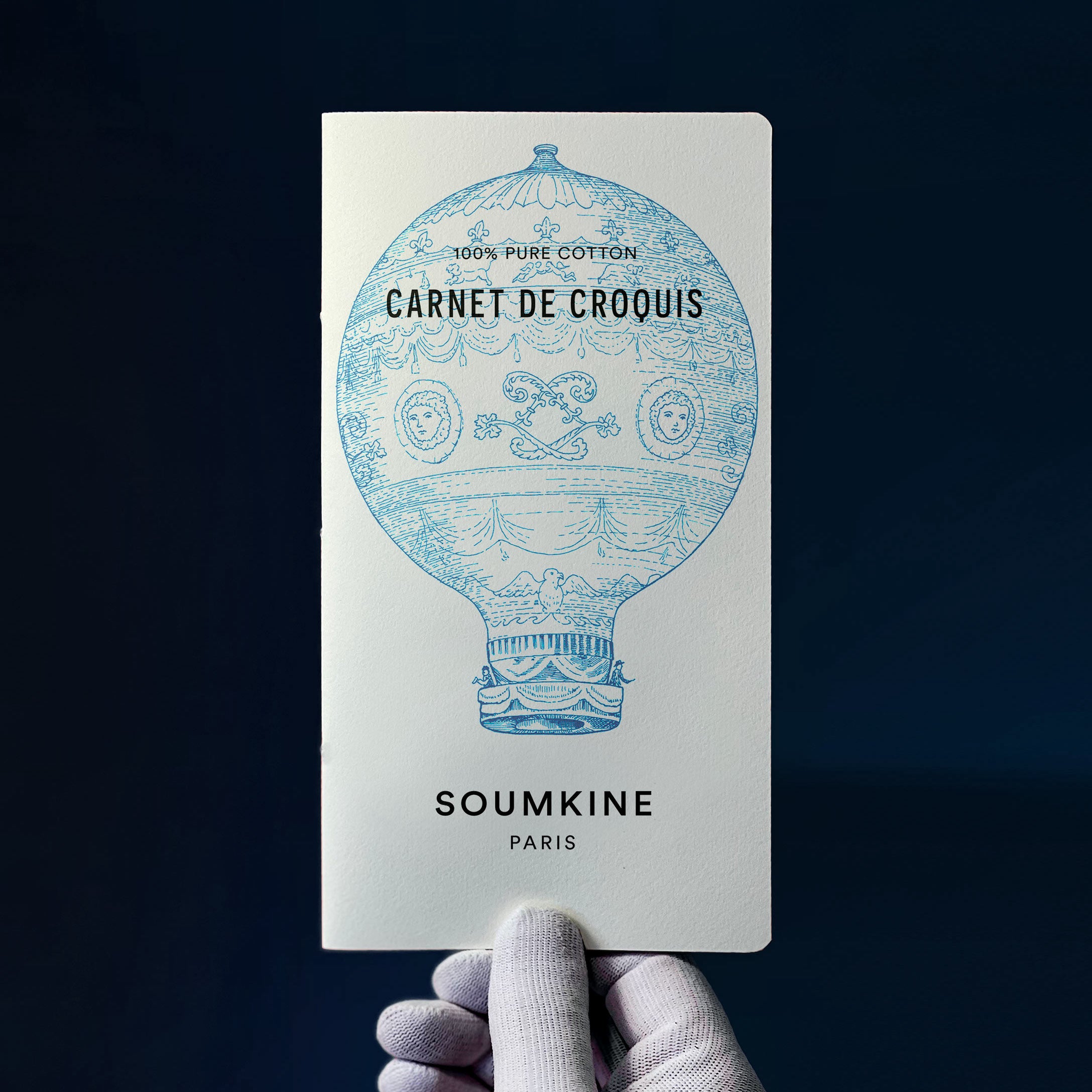
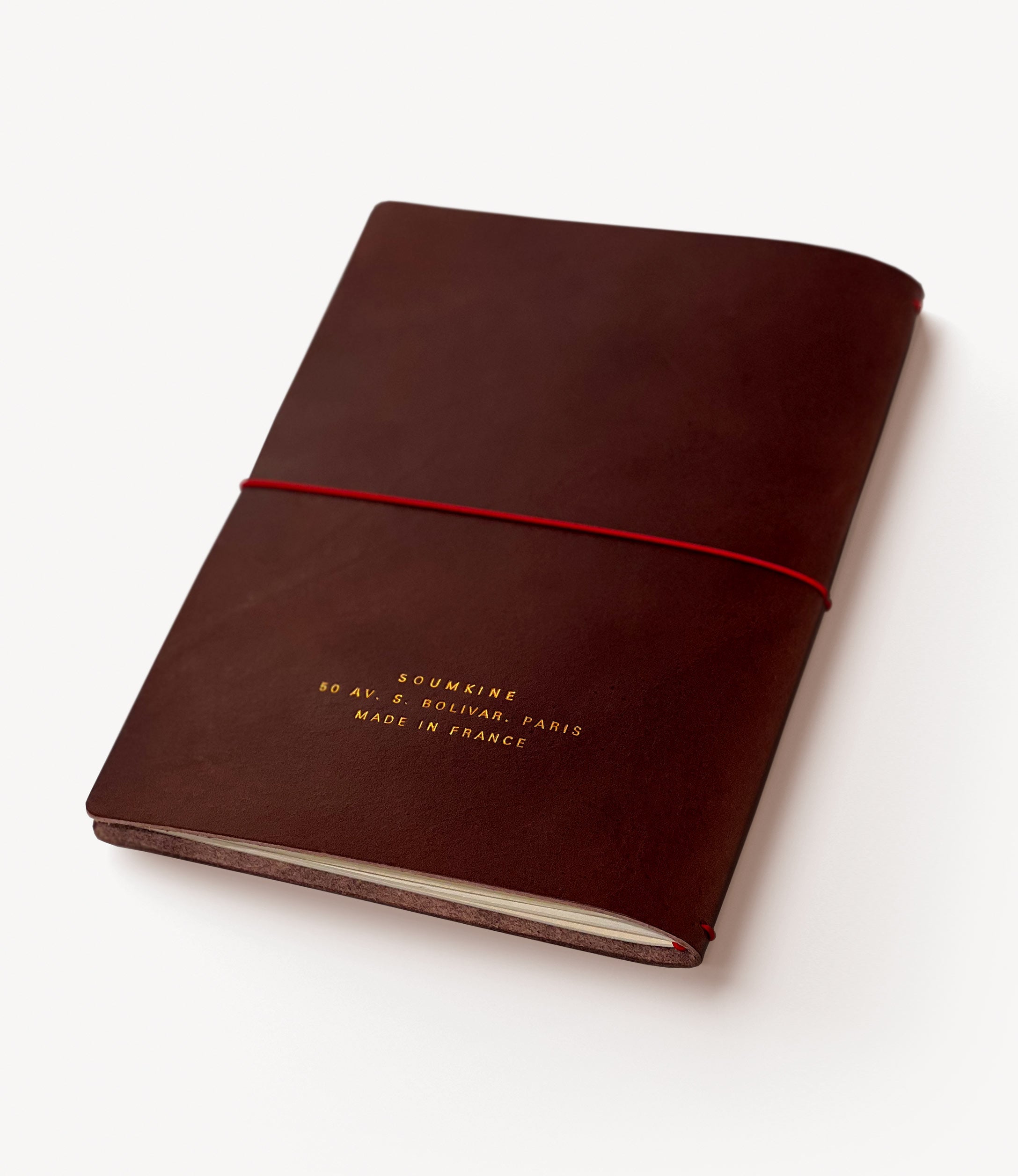
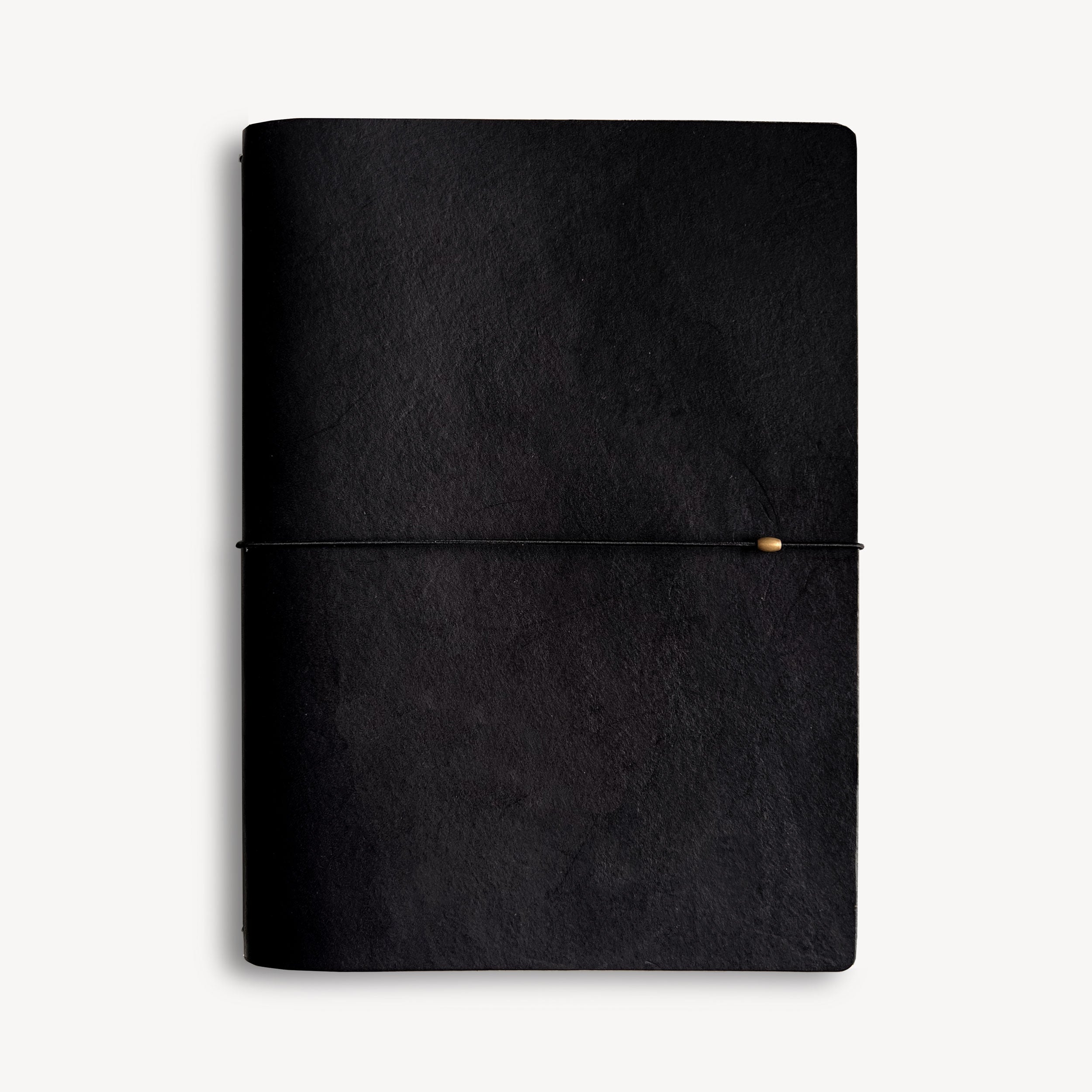
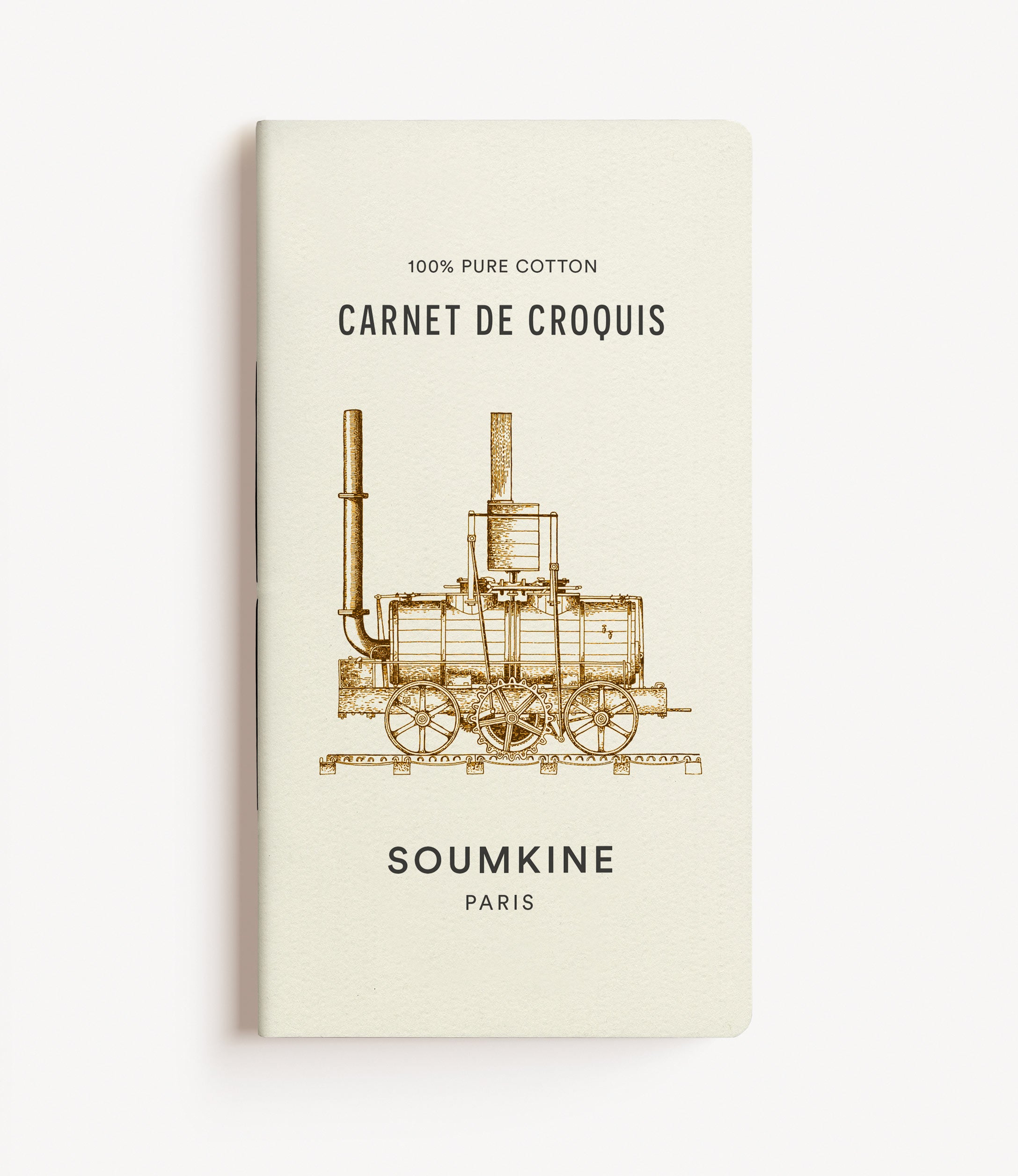
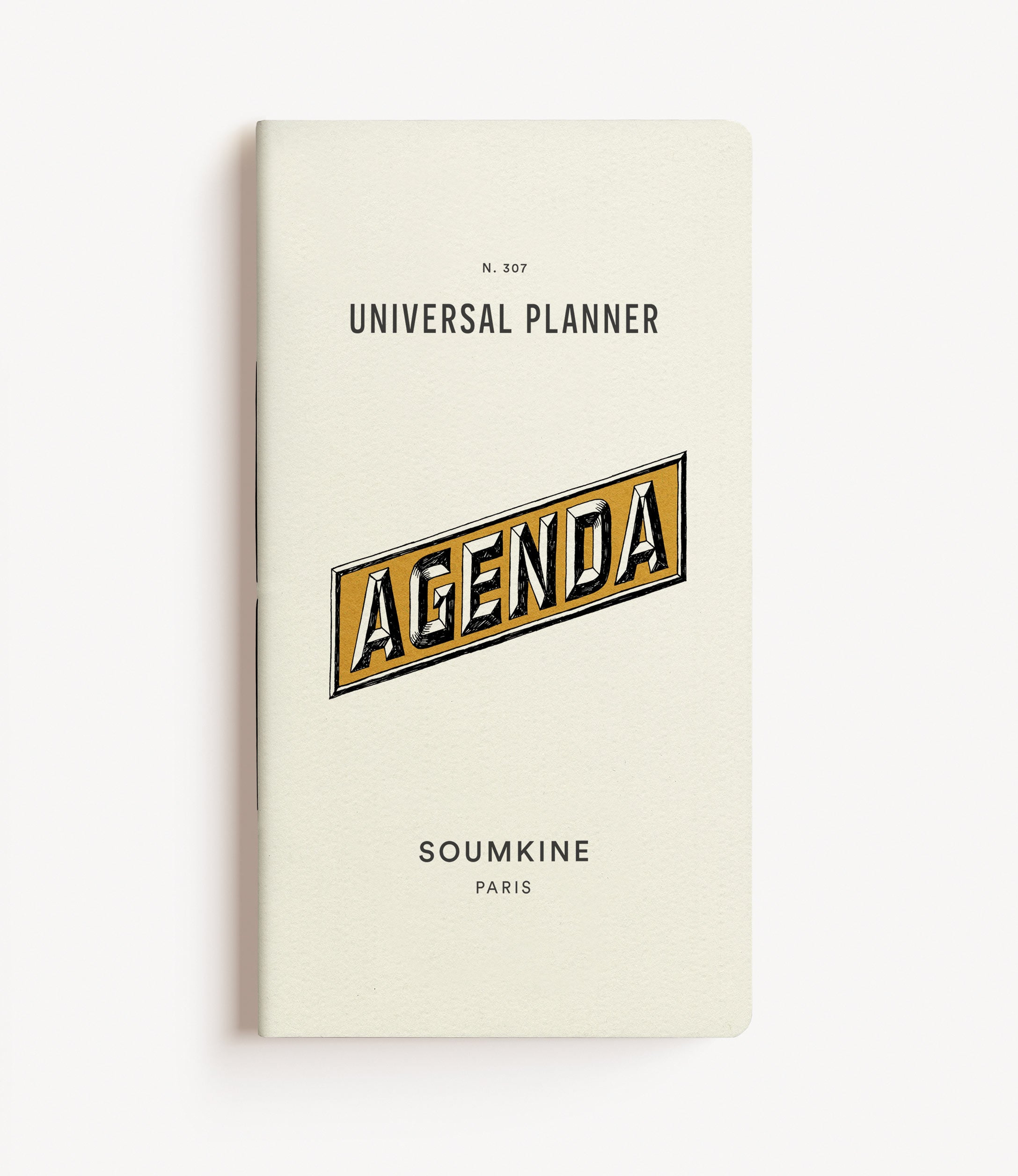
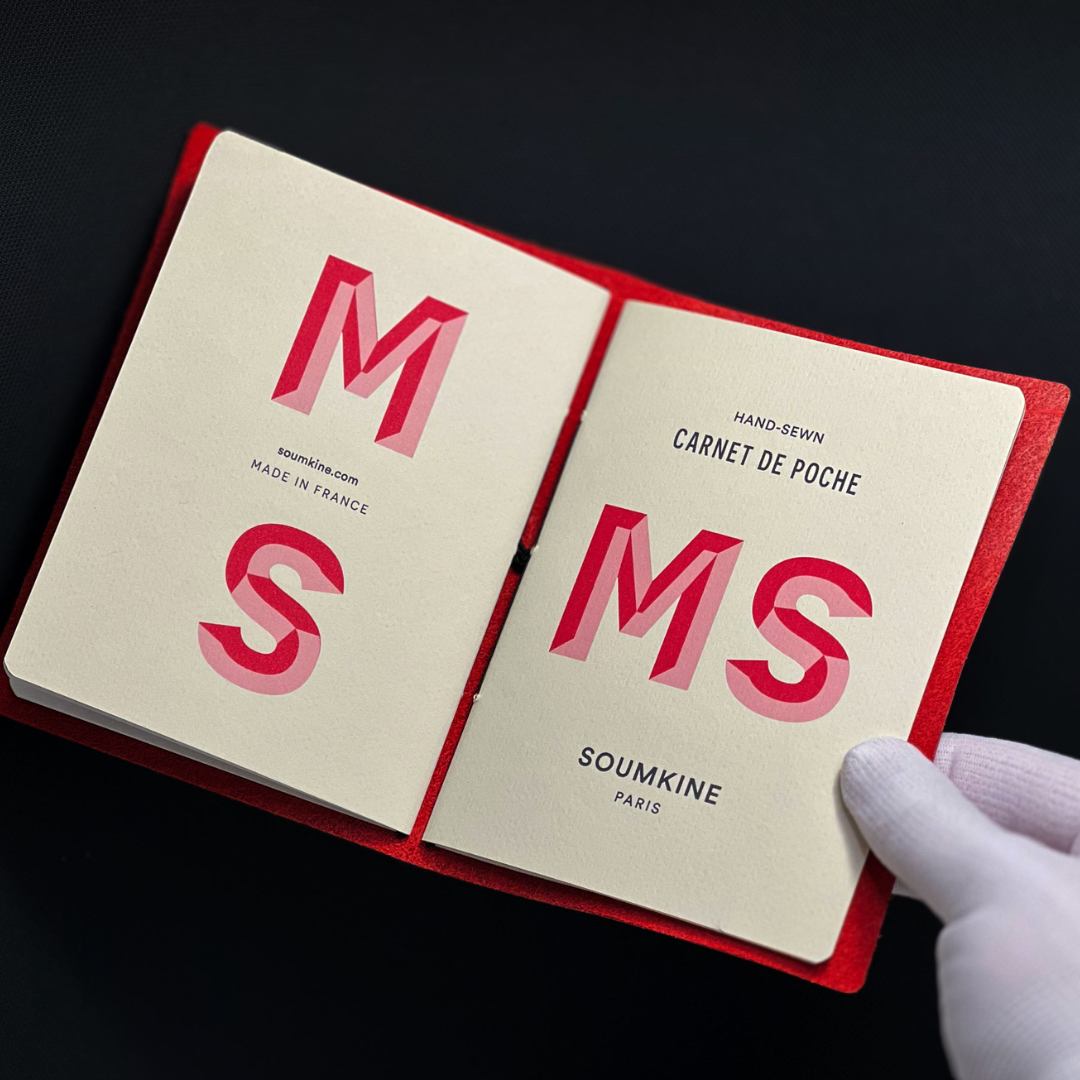


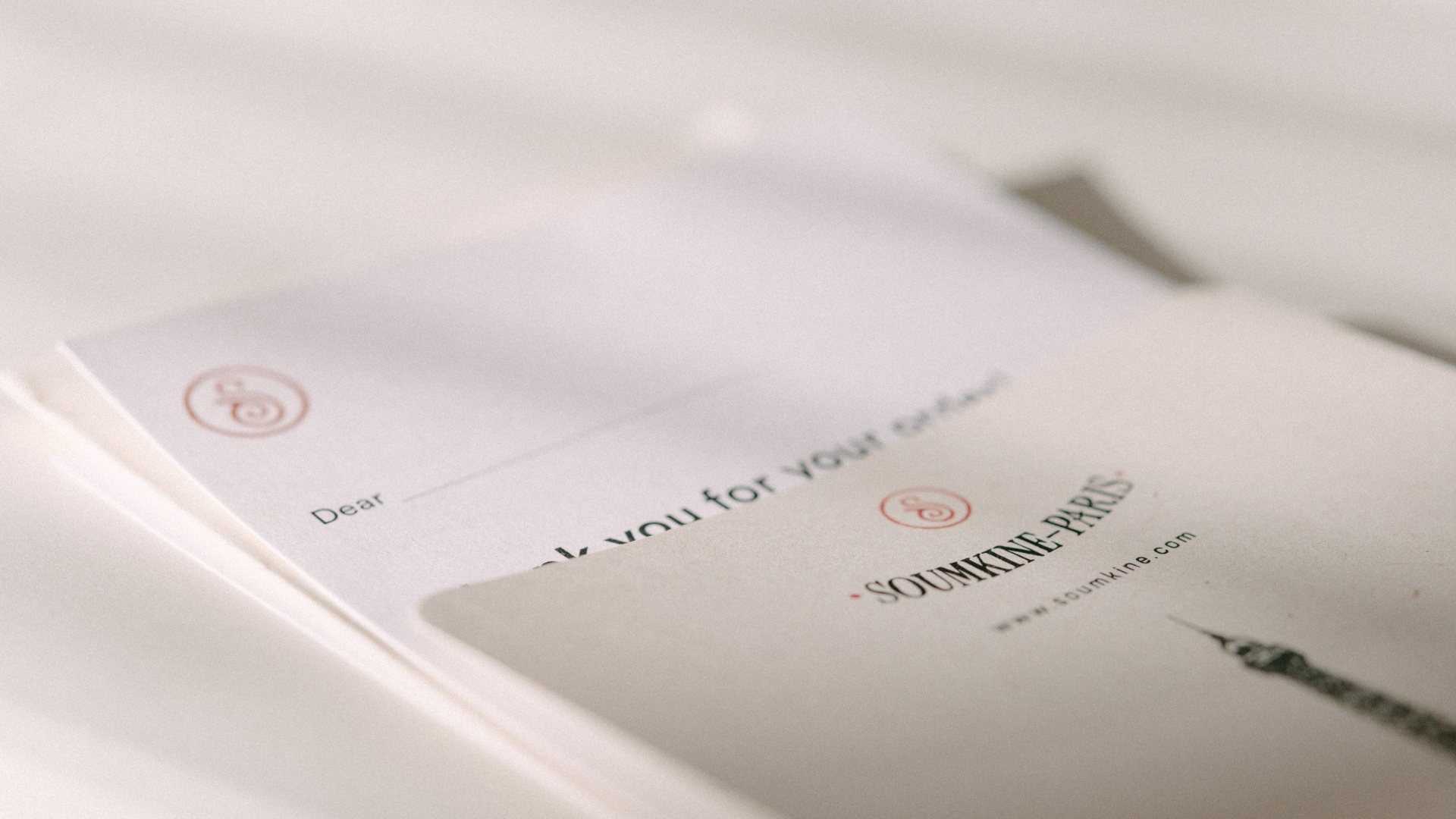
Leave a comment
This site is protected by reCAPTCHA and the Google Privacy Policy and Terms of Service apply.